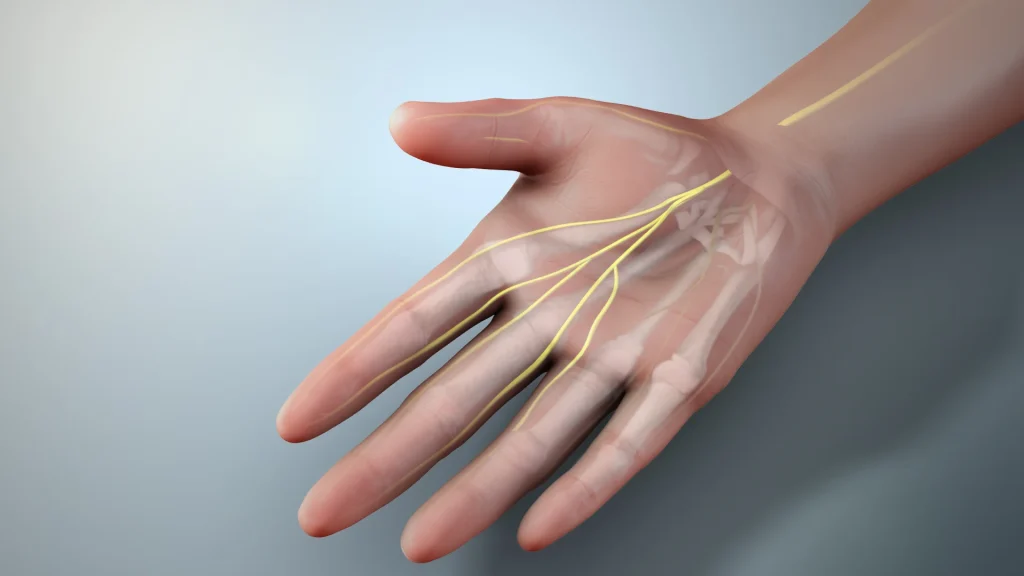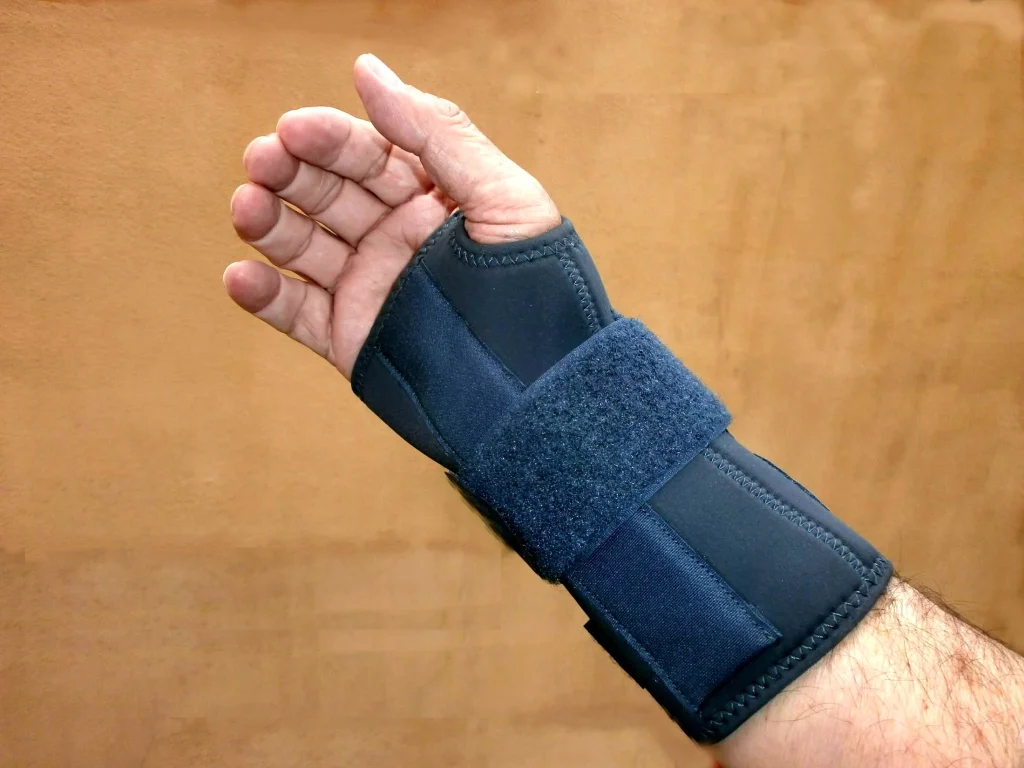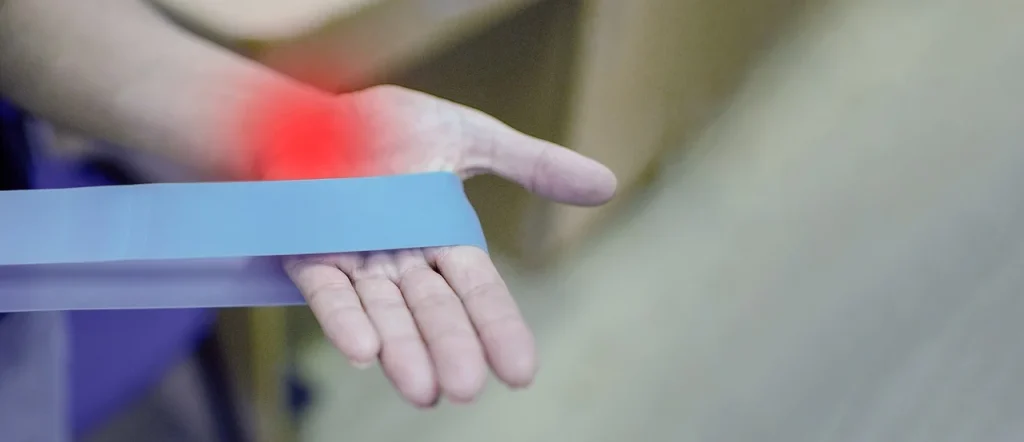
Carpal tunnel syndrome (CTS) is a common condition that affects the nerves in the wrist. It is caused by compression of the median nerve, which runs through a narrow tunnel in the wrist. This compression can lead to numbness, tingling, and pain in the fingers, hand and forearm.
In many cases, CTS can be treated effectively with physiotherapy. A physiotherapist will assess your individual symptoms and needs, and develop a treatment plan that is right for you. This may include:

- Stretching and strengthening exercises: These exercises can help to improve the flexibility and strength of the muscles and tissues in your wrist and hand. This can help to reduce pressure on the median nerve and relieve symptoms.
- Manual therapy: This involves using hands-on techniques to manipulate the bones, joints and soft tissues in your wrist and hand. Some examples of this include massage and joint mobilization. This can help to improve range of motion, reduce pain and increase circulation.
- Splints and Orthoses: Splints and orthoses for the wrist and hand can be useful at night to maintain length in the wrist and forearm muscles to reduce pressure on the median nerve. They can also be used during the day such as at work.
- Education and lifestyle modification: Your physiotherapist will also provide you with education about CTS and how to prevent it from reoccurring. This may include advice on how to modify your work or hobbies to reduce repetitive strain on your wrists. A good example of this would be desk-based workers who repetitively have to use the mouse or keyboard.
In most cases, physiotherapy can be effective in treating CTS without the need for surgery. However, if your symptoms are severe or do not respond to physiotherapy, surgery may be an option.
If you are experiencing symptoms of CTS, it is important to see a physiotherapist as soon as possible. Early diagnosis and treatment can help to prevent the condition from getting worse and can improve your chances of a full recovery.

Here are some additional tips for preventing CTS:
- Take breaks from activities that put strain on your wrists such as setting a timer on your phone.
- Use proper ergonomics at work and at home.
- Avoid repetitive prolonged movements.
- Strengthen your wrist and hand muscles.
If you have any questions about CTS or physiotherapy, please talk to your doctor or physiotherapist.
